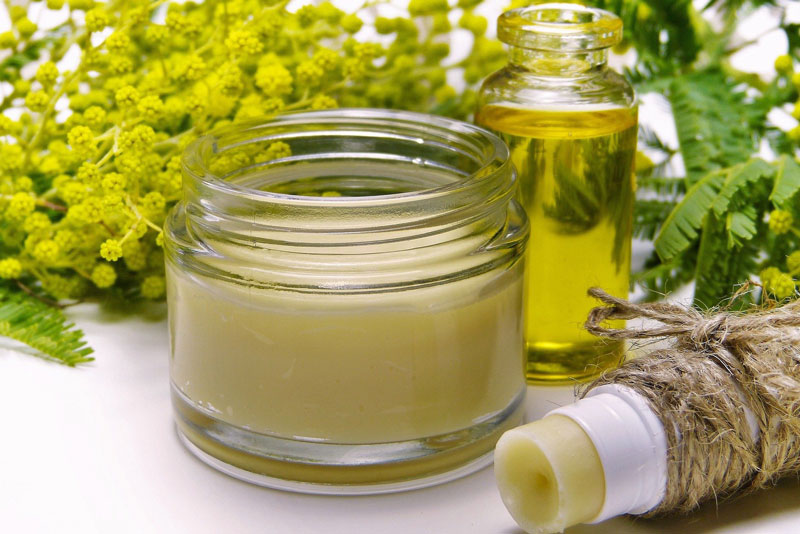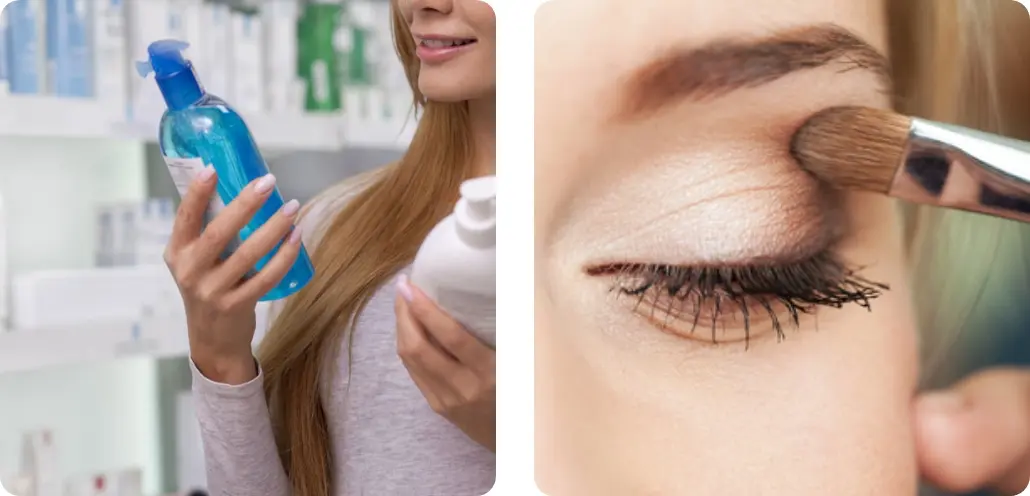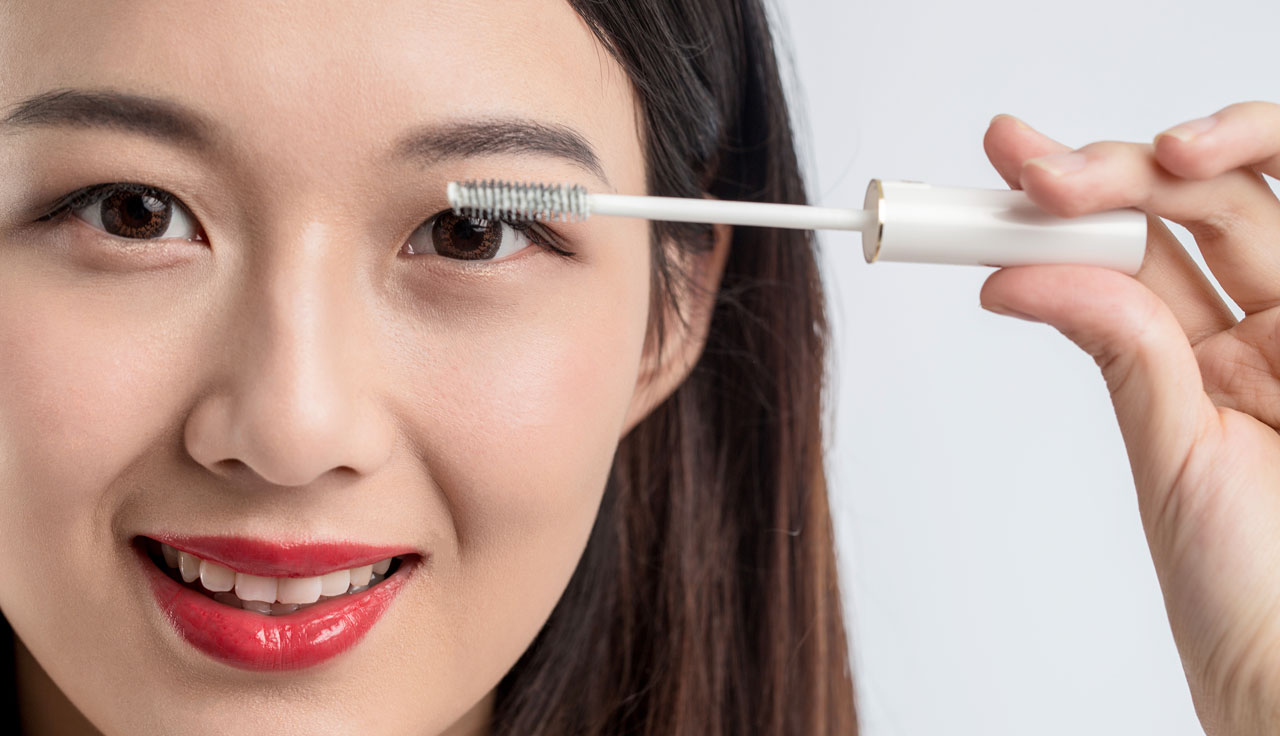Cosmetic Supervision and Administration Regulation (CSAR) Services
Register for your FREE 30 minute consultation
CSAR Timeline
Cosmetic Supervision and Administration Regulation (CSAR) Published
CSAR Overarching Regulation enters into force
Regulations for Safety Assessment and Notification and Filing entered into force
Additional NIFDC Guidance Documents on Safety Assessment Requirements published
Initial Transition Date for Simplified Assessments (extended to 2025)
New products expected to follow Guidance Documents for Full Safety Assessment
Amended Transition Date for Simplified Safety Assessments to be replaced with Full Safety Assessments
Introduction
The Cosmetic Supervision and Administration Regulation (CSAR) in China was first published in 2020 and heralded a significant overhaul of the countries cosmetic regulations.
One of the most fundamental changes under the CSAR and subsidiary guidelines is that non-special use (or general) cosmetics are no longer subject to mandatory animal testing, whether they are produced domestically in China or imported providing that the safety of the product can be adequately supported.


The Regulation
The regulation became effective on 1st January 2021. The CSAR is an over-arching legislation which paves the way for acceptance of cosmetic safety assessments in place of the reliance on animal testing, which along with the ethical concerns are often costly and time consuming. In the fast-faced beauty sector, time to market is also important, and the acceptance of safety assessment for cosmetics in China can expedite the process and reduce the cost while still ensuring that products placed on the market are safe. It was the subsidiary regulations for Safety Assessment and Notification and Filing Administration which finally allowed the exemption of Animal Testing. These regulations were finalised and came into force as of the 1st May 2021, meaning that imported general cosmetics could now be notified for sale on the open market in China without the need for mandatory animal testing.
There are however still some caveats for exemption of animal testing, for example, products which are targeted or aimed for use by children and infants will not be eligible for safety assessment and will still require animal testing, as will products containing new ingredients which have been approved or notified, but are not yet listed in the IECIC. Additionally, in order to be eligible for the waiving of animal testing, the manufacturer must have a GMP certification which is recognised by the government or cosmetics regulatory authority of the country of manufacture. This was an initial hurdle which now has appropriate systems in place, in many countries.
The Transition
Based on the National Medicinal Products Administration (NMPA) Safety Assessment Guidance, there was an initial transition period, the safety assessment follows a tiered approach, taking into consideration the existing Safety and Technical Standards, Inventory of Existing Cosmetic Ingredients in China, Assessments from Trusted International Review Bodies (EU SCCS, US CIR, WHO) and Toxicological Evaluation of relevant Points of Departure and calculation of Margins of Safety. During this transition period which was originally stated to be until 1st May 2024, Safety Assessments were able to be conducted following this simplified approach. Following the publication of some more extensive safety assessment guidance documents on 30th April 2024 by the National Institute for Food and Drug Control (NIFDC), further requirements for the full safety assessment were laid out. These additional guidance documents set out requirements for justification of safety of ingredients and strategies and limitations for the use of certain methods, such as Read-Across, use of the Threshold of Toxicological Concern (TTC) and History of use. With this came a deferral of the enforcement date for the full safety assessments instead of the simplified assessment to 1st May 2025. This is the date for which any current simplified assessments to be updated to full assessments. It is also the intention of the NIFDC that prior to that date, any new products now should undergo the full safety assessment.




Additional Guidance
The additional guidance documents published by the NIFDC on 30th April 2024, relating to safety assessment requirements as below, which should now be incorporated in full safety assessments under CSAR:
- Index of International Authoritative Cosmetics Safety Assessment Data
- Information on the Use of Raw Materials in Marketed Products
- Technical Guidelines for the Application of Toxicological Threshold of Concern (TTC) Method
- Technical Guidelines for the Application of the Read-Across Method
- Guidelines for the Use of Raw Material Data
- Guidelines for the Submission of Safety Assessment Materials
- Technical Guidelines for the Identification and Assessment of Risk Substances.
For products which can be supported by safety assessment there are a number of considerations on the production of cosmetic safety assessments for China, not least that the safety assessments must be provided in Chinese. The production of the safety assessment also requires some mandatory test to be conducted at approved laboratories in China.
The guidelines on implementation of the Safety Assessment by the NMPA and NIFDC, are now finalised and in force, with all new products now being required to follow the full safety assessment approach under CSAR. With our extensive team of Chinese speaking toxicologists, who are experienced in cosmetic safety assessment in Asia Pacific, and our involvement in the safety assessment requirements under CSAR, Delphic HSE is well positioned to undertake safety assessments in Chinese to meet the Chinese requirements.
The CSAR also removes the requirement on lengthy and costly pre-market authorisation before introduction, in favour of a notification and post-market surveillance model in conjunction with a Domestic Responsible Person in China. However, for clarity, Delphic HSE is focussing on our strengths in conducting the full CSAR assessments for China, and are not operating Domestic Responsible Person services for China.
“Delphic HSE has been an incredible partner to work with. Their knowledge and expertise of cosmetic safety, compliance, and quality is unquestionable and has been a tremendous asset to our business. There is no one else we’d rather work with.”